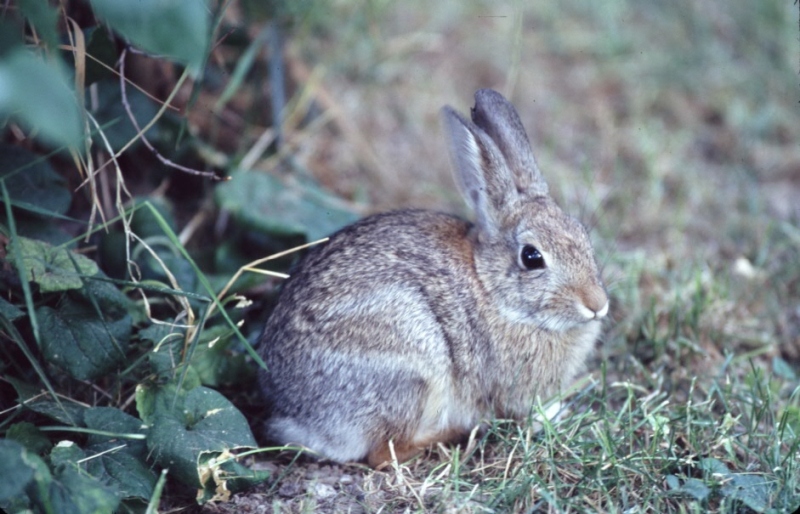Our Yard: Cottontail Habitat
By Dave Hanks
We have a bunch of Cottontails,their tails are silky white -
I see them every morning, before the sun is bright
They especially like our bushes,and the cover that they give -
They sneak back and forth from them, what a way to live!
They are so very cute, so cuddly and so plump -
And when they hop away I see, The white bobbing of each rump
The mornings promise excitement, from the wild things on our place -
And I’m so ever grateful, that they seem to find the space
To romp around so freely, it makes me feel so good -
But with a yard like ours, I guess I knew it would!
There are 16 species of cottontails, and these rabbits only live for 12 to 15 months. Only one in a hundred will survive to see its third fall. Their short life span, and the heavy predation upon them, requires these critters to be heavy reproducers. They may raise as many as 6 litters a year. Breeding starts in March and lasts through early autumn. Their nests are not dug, but are slight depressions scratched out under dense vegetation. The doe lines it with dry grass and her fur. She gives birth up to eight blind, furless young in each litter. The bunnies grow rapidly and are totally independent at five weeks. On the average, only 15 percent of the young will survive their first year.
Cottontails have very keen eyesight and hearing. They will usually freeze when they sense danger, but will flush if approached too closely. Movement is usually accomplished by short hops, but they can run at speeds up to 18 miles per hour over short distances – their endurance is limited. They will often zig-zag to confuse a pursuing predator.
Cottontails eat grass, ferns, herbs, and your garden plants. They can become a threat to young growing vegetables – like our young corn shoots – which require us to surround them with some type of protection. This reminds me of the Peter Cottontail stories and the “scritch-scratching” of Mr. MacGreagor’s hoe.
(A Mountain Cottontail in our yard)
|
